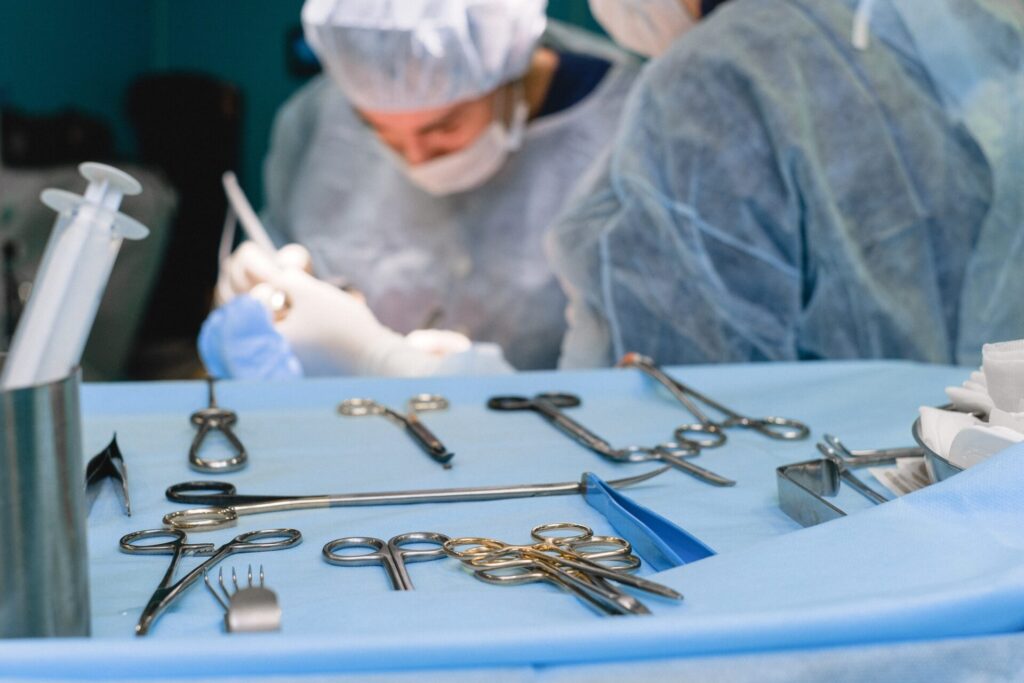How Physical Therapy Helps After PCL Reconstruction
Are you considering having a PCL reconstruction? Physical therapy can be an important part of the recovery process after undergoing such a surgery, allowing patients to gain strength and movement so that they can return to their daily activities without pain or discomfort. This blog post will provide an overview of how physical therapy helps with PCL reconstruction, highlighting why it is essential for successful rehabilitation. Additionally, we will discuss what exercises are typically done in physical therapy following this type of procedure and tips on finding the right therapist for your needs. Read on to learn more about the role of physical therapy in recovering from PCL reconstruction!
Overview of PCL Reconstruction Surgery and Recovery
No athlete wants to hear they need surgery, but for those with a PCL injury, reconstruction surgery might be the key to returning to the field or court. PCL reconstruction surgery involves replacing the damaged ligament in the knee with a new one, either from the patient’s own body or a donor. It’s a complex procedure that requires a skilled surgeon but has a high success rate. Recovery from PCL surgery can take several months, but most patients can resume light activities within a few weeks. Physical therapy is an essential part of the recovery process to rebuild strength and range of motion. While the road to full recovery may not be easy, it’s worth the effort for athletes who want to get back in the game.
Benefits of Physical Therapy to Help Post-Surgery Recovery
Physical therapy is an essential tool on the road to post-surgery recovery. Not only does it help alleviate pain and restore range of motion, but it also aids in regaining strength in affected areas. Physical therapists design custom exercise plans tailored to patients’ specific needs and abilities. With regular therapy sessions, patients can expect to see improvements in their overall physical function and quality of life. Not only does physical therapy help in the immediate recovery after surgery, but it also has long-term benefits in preventing further injuries and maintaining a healthy lifestyle. With the help of physical therapy, patients can regain their independence and get back to doing the activities they love.
Techniques Used in Physical Therapy for PCL Reconstruction Recovery
Physical therapy is vital for those recovering from a PCL reconstruction surgery. The techniques used in physical therapy for this type of surgery are designed to help patients regain their strength and mobility safely and effectively. One technique commonly used is a range of motion exercises that gently move the joint to increase flexibility. Another technique is strength training, which helps to rebuild the muscles that may have weakened due to limited mobility during the recovery period. Additionally, therapists may use modalities such as heat or ice therapy, electrical stimulation, or massage therapy to reduce pain and swelling. Each patient’s recovery is unique, and the physical therapy techniques used will depend on their individual needs. However, with the proper guidance and support, patients can make significant strides toward a full recovery.
Exercises Recommended After PCL Reconstruction Surgery
PCL reconstruction surgery can be a long and challenging process, but exercising after surgery is essential for a successful outcome. The exercises recommended after PCL reconstruction surgery vary depending on the individual’s specific needs. Patients can expect to start with simple exercises, such as quad sets and ankle pumps, to gradually regain strength and mobility. Building up leg muscles is critical, as strong muscles can absorb shock and protect the knee joint during physical activities. Other recommended exercises include straight leg raises and hamstring curls to improve flexibility and range of motion. As the healing progresses, patients can advance to more challenging exercises that incorporate resistance bands and stability balls. Regular exercise after PCL reconstruction surgery can help patients regain their physical abilities and return to their normal daily activities with confidence and strength.
How to Find the Right Physical Therapist for Your PCL Reconstruction Recovery
When recovering from a PCL reconstruction surgery, finding the right physical therapist can make all the difference. You want to feel confident that your therapist is knowledgeable and experienced enough to guide you through a successful recovery. The first step in finding the right therapist is to research and ask for recommendations from your surgeon or primary care physician. You can also look for therapists who specialize in orthopedic or sports injuries. Once you have a few potential therapists, schedule consultations to discuss your recovery goals and ask about their approach to treatment. It’s important to feel comfortable with your therapist and for them to understand your unique needs as a patient. Remember, finding the right physical therapist is an important step in your recovery process.
Tips for Maintaining a Healthy Lifestyle After PCL Reconstruction Surgery
Undergoing PCL reconstruction surgery can be a challenging experience, but it’s crucial to follow a proper recovery plan. Maintaining a healthy lifestyle post-surgery can help speed up the recovery process and prevent future injuries. Start by incorporating low-impact exercises such as swimming and cycling, which can help strengthen the knee while minimizing stress on the joint. It’s also essential to maintain a healthy diet and stay hydrated to promote healing. Avoid high-impact activities and seek guidance from a physical therapist or trainer who can tailor exercises to your needs. With patience, commitment, and the right approach, you can regain your strength and maintain a healthy lifestyle after PCL reconstruction surgery.
Conclusion
PCL reconstruction surgery, when combined with physical therapy, aids in recovery from knee injuries. To ensure success, find a suitable physical therapist and follow their exercise recommendations. Post-surgery physical therapy improves outcomes, strength, and mobility. Understanding the benefits and commitment to recommended exercises and finding the right therapist is crucial for a successful recovery.

